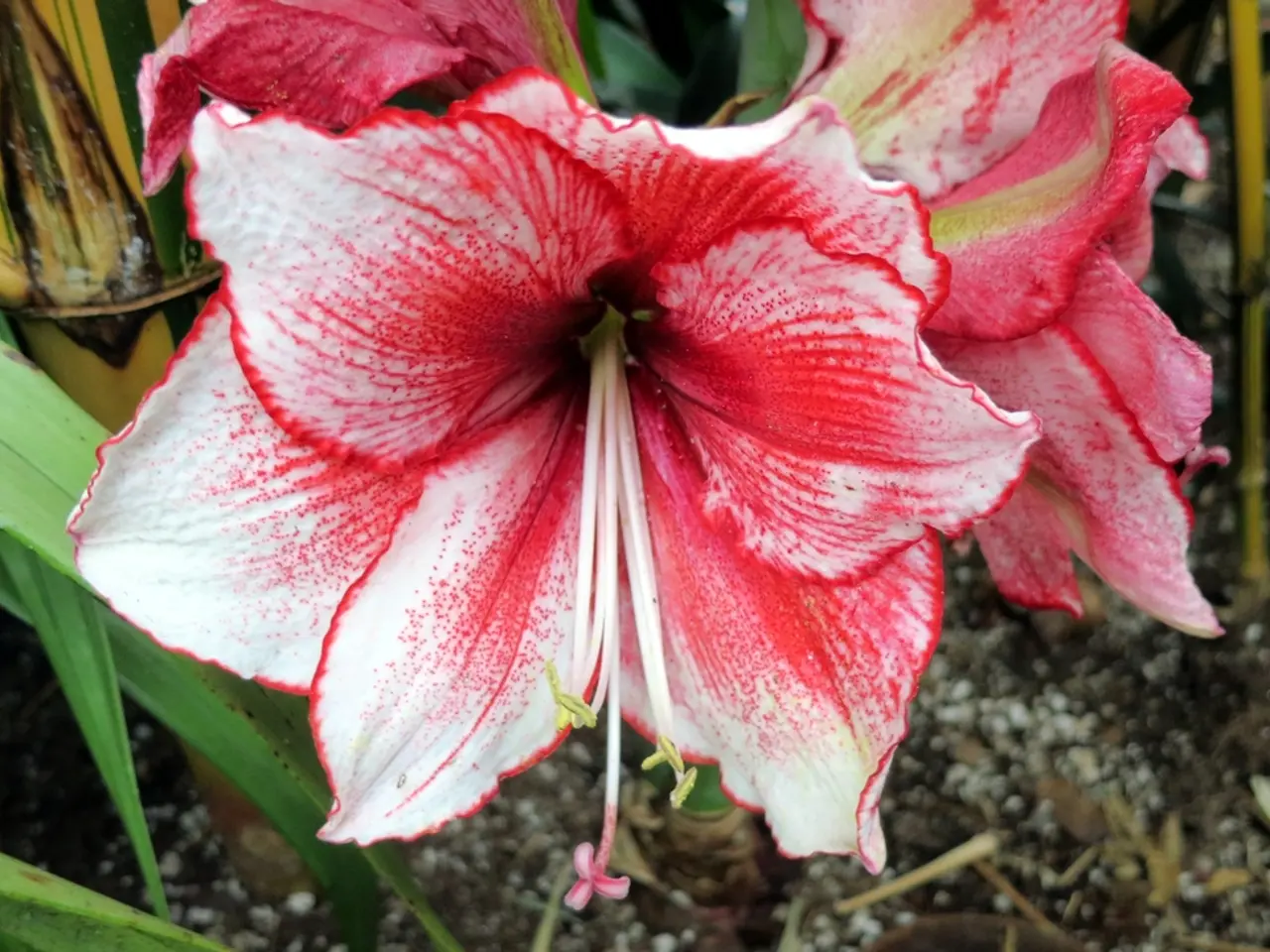Fertilizer Code: Understanding the 10-10-10 Breakdown
A 10-10-10 fertilizer is a popular choice among gardeners due to its balanced nutrient supply, offering equal amounts of nitrogen (N), phosphorus (P), and potassium (K) at 10% concentration each. This all-purpose, synthetic fertilizer is often hailed for its versatility and ease of use.
### The Benefits of 10-10-10 Fertilizer
With a balanced nutrient supply, a 10-10-10 fertilizer supports overall healthy plant growth, including lush leaves, strong roots, and flowers or fruit production. It is suitable for a wide range of plants, from flowers to vegetables to lawns, making it an ideal option for many common gardening situations.
Moreover, some 10-10-10 fertilizers come in slow-release forms, which feed plants gradually, reducing the risk of nutrient burn and helping maintain steady growth. The balanced formula also makes it simpler for gardeners who do not want to customize nutrients based on specific deficiencies or soil tests.
### The Drawbacks of 10-10-10 Fertilizer
While a 10-10-10 fertilizer offers numerous benefits, it is essential to understand its limitations. For optimal growth, knowing your soil and plant-specific nutrient demands is crucial to avoid nutrient imbalances or over-fertilizing.
For instance, some plants may require more phosphorus or potassium for root development or flowering than nitrogen. Using a balanced fertilizer without soil testing may lead to nutrient imbalances or deficiencies.
Additionally, without careful application, the uniform nutrient content might result in excess nutrients, especially nitrogen, causing fertilizer burn, stunted growth, or damage to roots and leaves.
### A Balanced Approach to Using 10-10-10 Fertilizer
A 10-10-10 fertilizer offers a convenient, balanced nutrient supply ideal for general use. However, it is crucial to test soil pH and nutrient content to determine if 10-10-10 is appropriate or if a more tailored fertilizer would be better.
When applying 10-10-10 fertilizer, it is recommended to wear protective gear such as gloves, safety goggles, and a mask. It is also essential to apply the fertilizer in colder parts of the day to avoid direct sun exposure and soil drying.
For established perennials, 10-10-10 fertilizer should be applied in early spring. When applying 10-10-10 fertilizer to a lawn for warm season grasses, it should be done four times every year, with applications at the start of spring and after 30 days. When using 10-10-10 fertilizer for younger emerging plants, it should be applied in a diluted form.
### Alternatives to 10-10-10 Fertilizer
For those seeking alternatives to 10-10-10 fertilizer, organic fertilizers and mixed fertilizers of bone meal, composted manure, green sand, organic matter, fish emulsion, blood meal, and alfalfa pellets can be considered. If plants are light feeders, a 5-5-5 mix can be used instead.
Remember, a balanced approach to gardening is key. Understanding your soil and plant needs, coupled with careful application, will help ensure a thriving garden.
[1] University of California Agriculture and Natural Resources. (2021). Fertilizers. Retrieved from
A 10-10-10 fertilizer, suitable for various home-and-garden settings like flowers, vegetables, and lawns, supports overall plant growth and health by providing balanced essential nutrients. By maintaining a lush, green lifestyle in your garden, you can benefit from its versatility and ease of use, while still needing to mind the specific nutrient demands of your plants to ensure optimal growth, and avoid potential imbalances or over-fertilizing.




